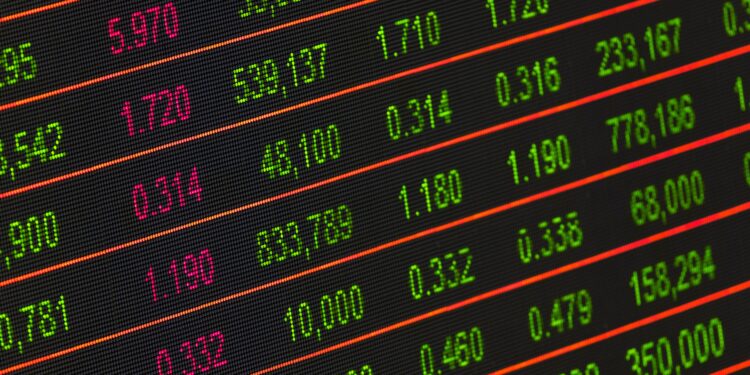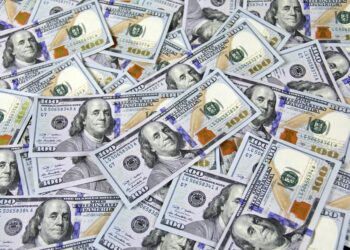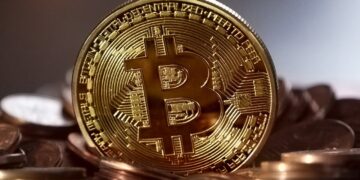In January, inflation maintained pace with forecasts, a crucial factor for the Federal Reserve amid discussions about potential interest rate adjustments. The personal consumption expenditures price index, excluding food and energy costs, saw a 0.4% increase for the month, aligning with expectations, while rising 2.8% from the previous year, in line with Dow Jones consensus estimates. This slight uptick followed a 0.1% monthly gain in December and a 2.9% rise from the previous year.
The headline PCE, including volatile food and energy categories, showed a 0.3% monthly increase and a 2.4% rise over 12 months, matching estimates released by the Commerce Department’s Bureau of Economic Analysis. Despite January’s numbers mirroring expectations, concerns remain about inflation exceeding the Fed’s 2% annual target.
The data also unveiled a surprising surge in personal income by 1%, surpassing the anticipated 0.3% increase, while spending experienced a slight decline of 0.1%, contrary to the expected 0.2% rise. The ongoing transition to services over goods, reflecting the economy’s adjustment from COVID-19 disruptions, was evident in January’s price shifts, with services prices rising by 0.6% monthly while goods fell by 0.2%.
While the stock market and Treasury yields showed little reaction to the news, the reports signal the Fed’s ongoing deliberations over monetary policy adjustments in response to persisting inflationary pressures.











